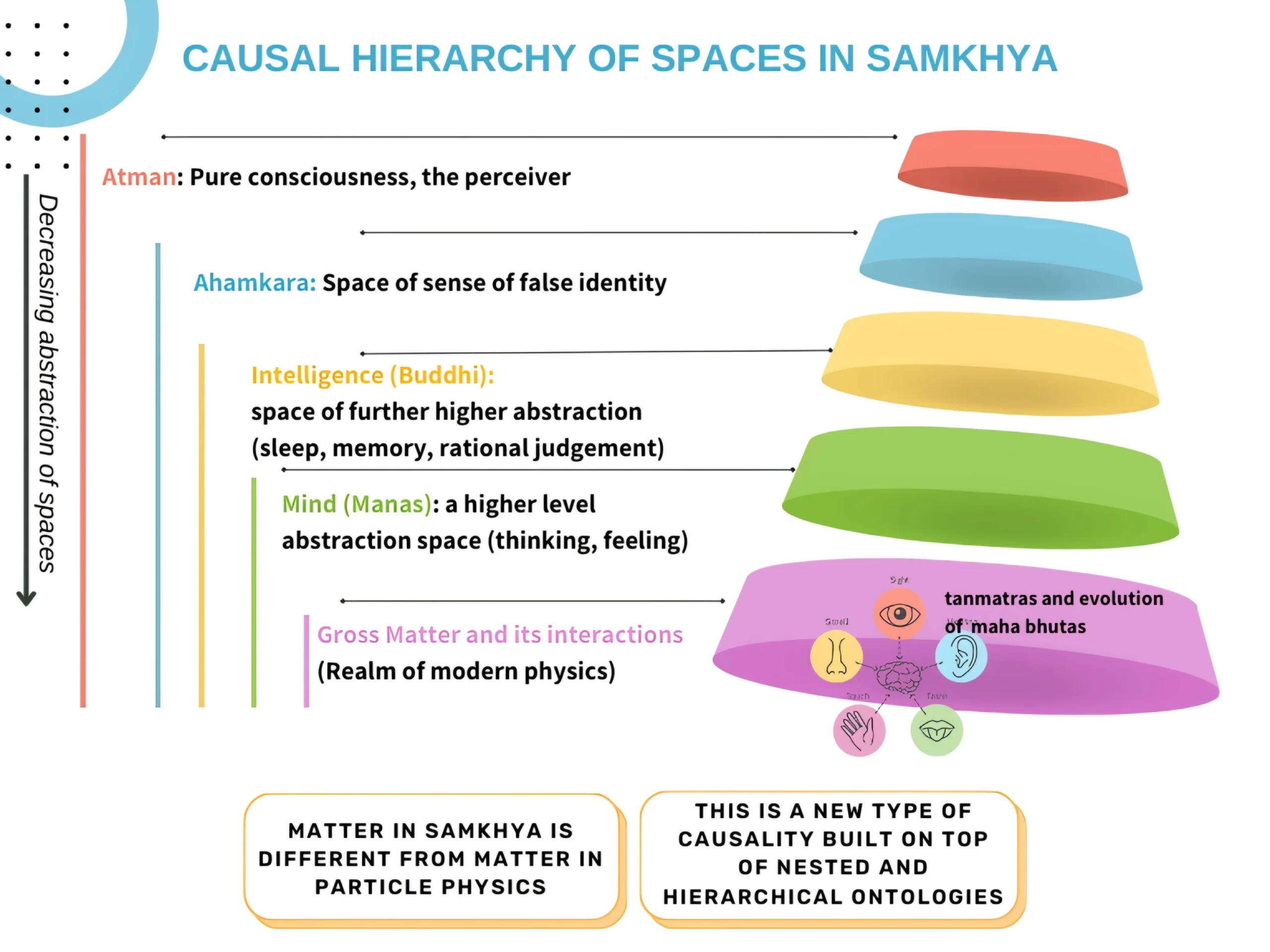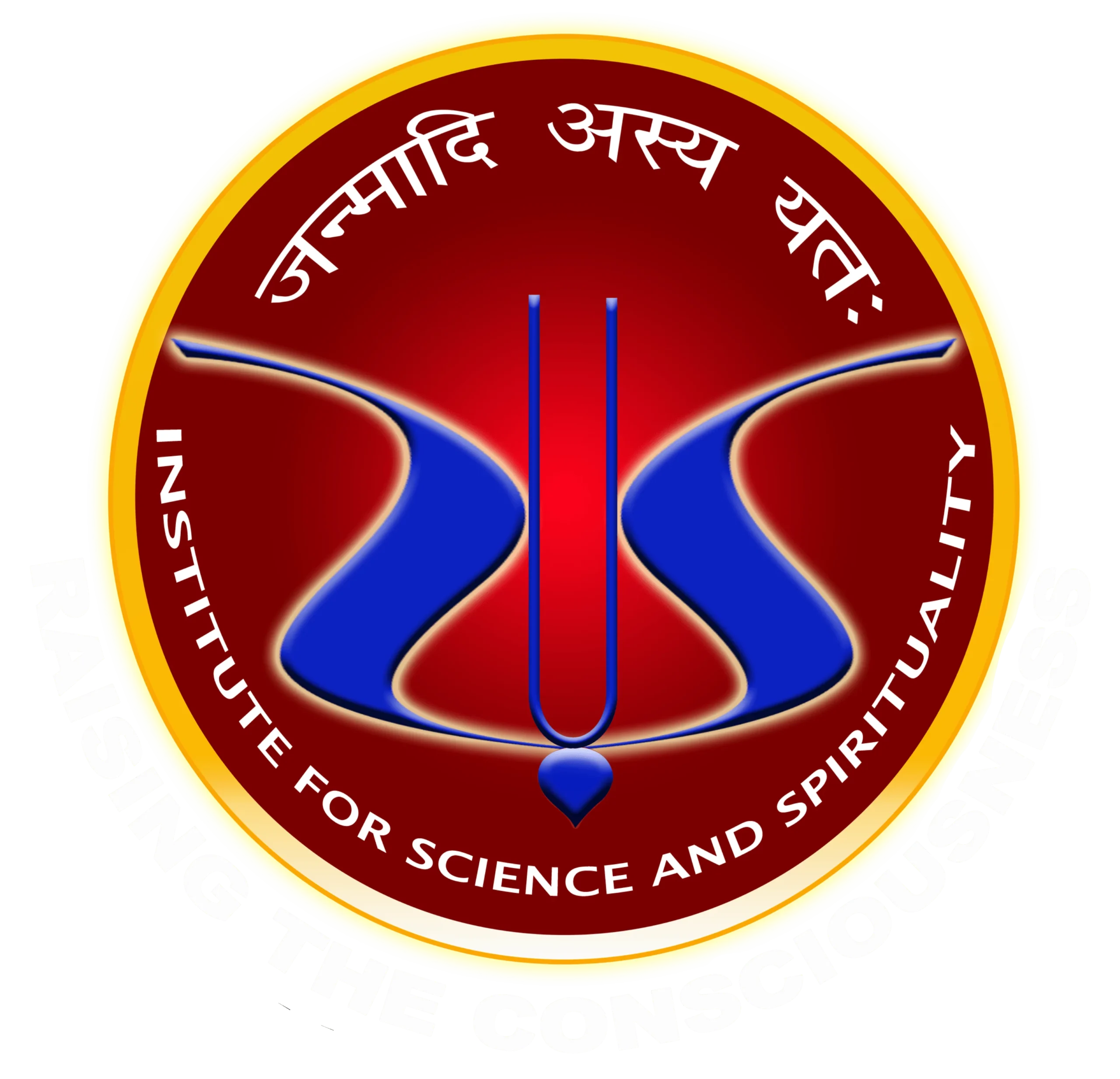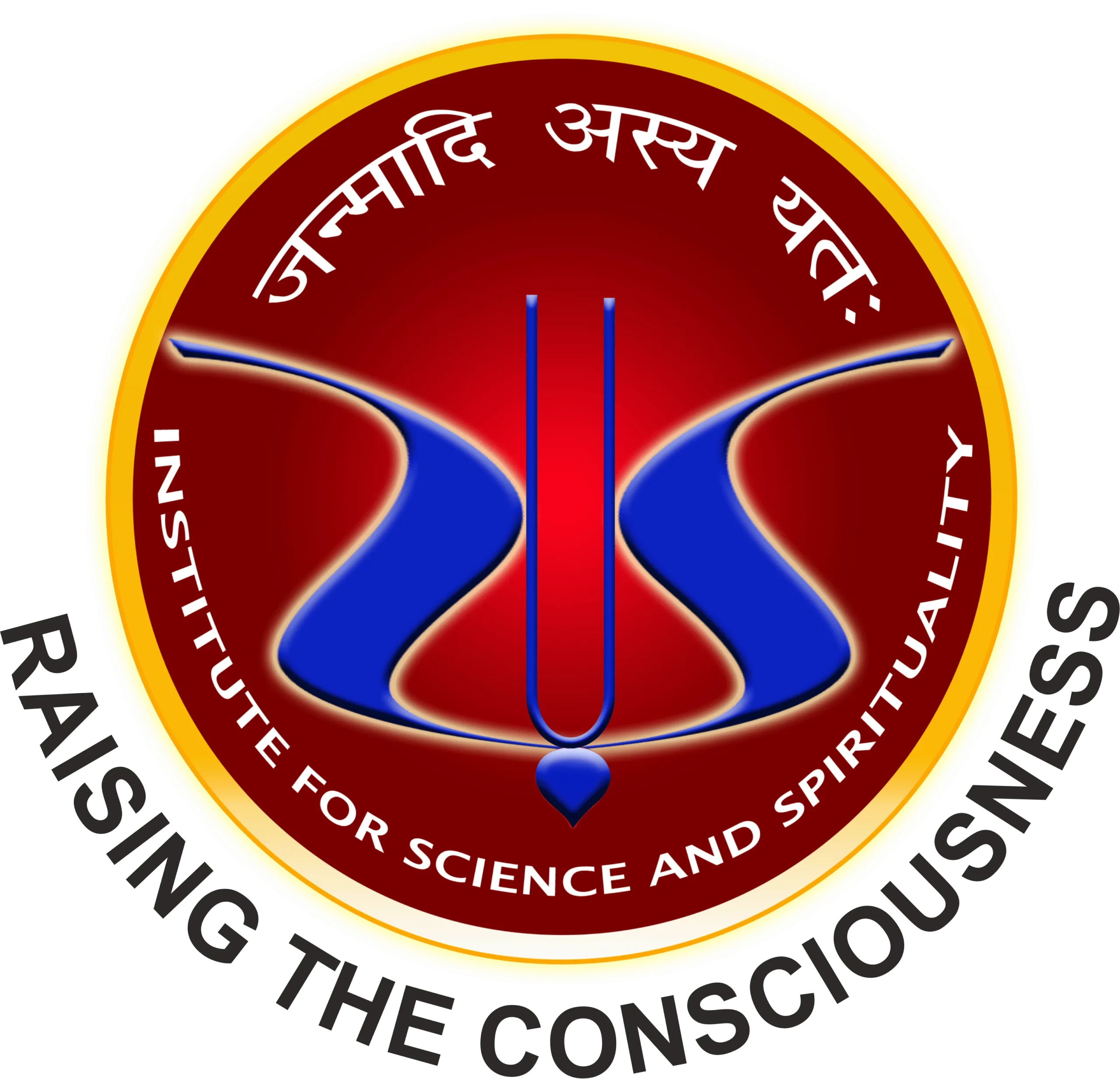Bhāgavat Sāṅkhya

What is Bhāgavat Sāṅkhya?
The Sāṅkhya tradition holds a significant position in the intellectual history of India, being one of the oldest and most influential systems of thought. Its foundational concepts—including prakṛti, puruṣa, buddhi, ahaṅkāra, manas, and the three guṇas—have provided the conceptual framework that shaped much of Indian philosophical discourse. This framework not only influenced classical Sāṅkhya itself but also played a crucial role in the development of classical formulations (sūtras) in Yoga, Vedānta, various traditions of Bauddha darśana (Buddhist philosophy), and practices of meditation.
It is interesting to note that the antiquity of the Sāṅkhya system traces back to a much earlier period than the classical Sāṅkhya, which is often perceived as non-theistic. The Sāṅkhya system described in the Bhāgavata Purāṇa is a theistic formulation—Bhāgavata Sāṅkhya—expounded by Sage Kapila, the son of Devahūti and Kardama Muni.
Beyond philosophical discourse, the impact of Sāṅkhya extended to broader cultural and intellectual domains. It left a profound influence on fields such as dharmaśāstra (law), āyurveda (medicine), ancient sciences, mathematics, logic, cosmology, and ritual traditions. Across centuries, Sāṅkhya’s rational and analytical outlook permeated various aspects of Indian culture, contributing significantly to its rich and diverse heritage.

